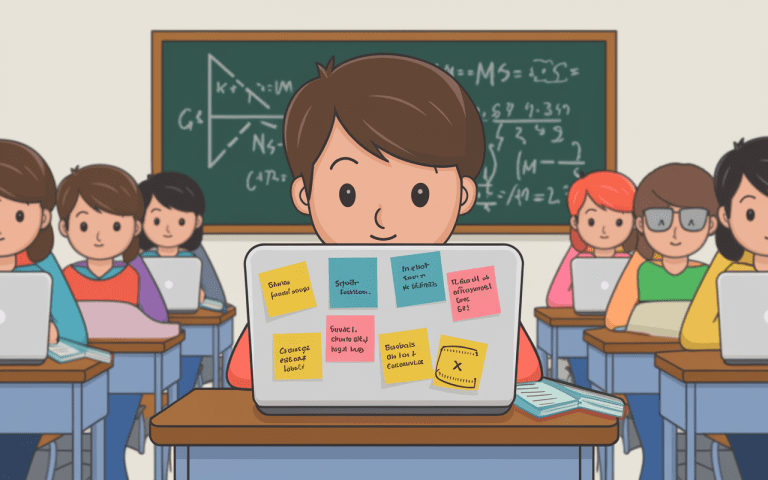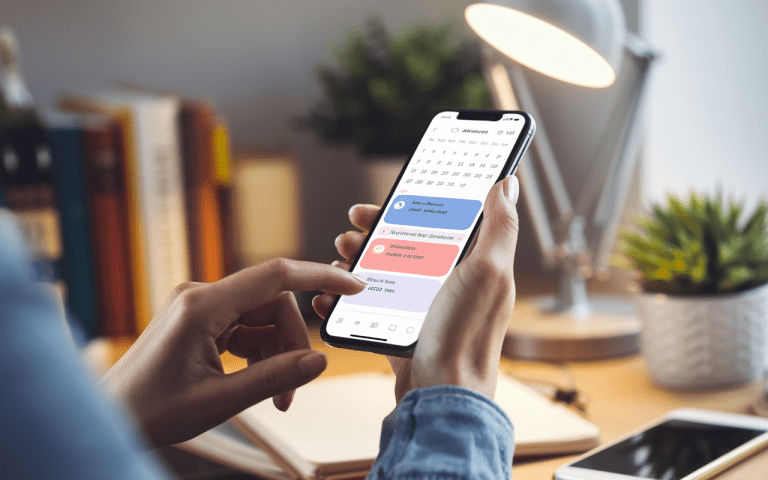How to Create a Note: Simple Steps to Get Started for Beginners
Want to know how to create a note? Looking to stay organized and get more done? This guide is perfect for students, professionals, or anyone keen on recording important information effectively. We’ll explore practical note-taking strategies and walk you through simple steps to kickstart your note-making adventure. Find the methods that fit your learning style and start making effective notes today.
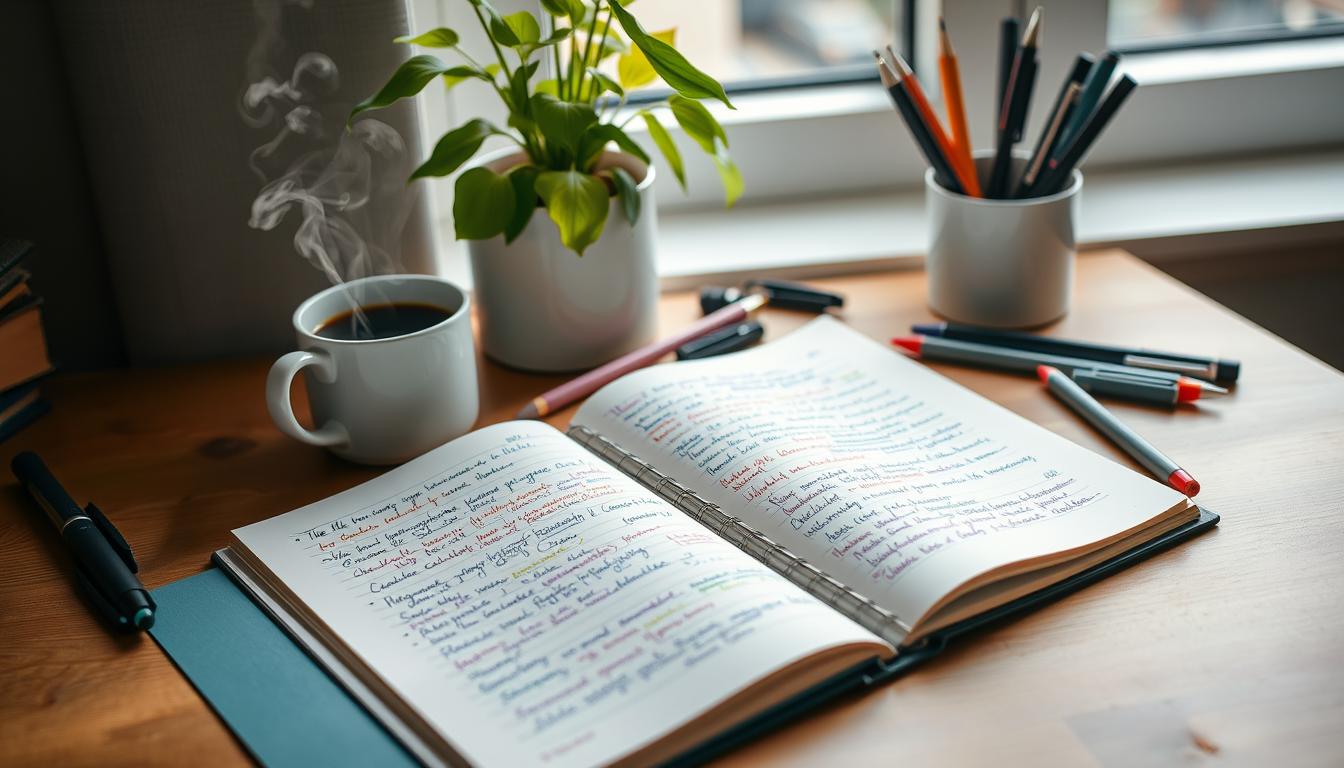
Main Points Covered
Explore different note-taking styles:
- Cornell method
- Outline approach
- Visual mapping
Pick what works best for you. Get tips on keeping your notes tidy and boosting your output. Check out the perks of using digital tools for note-taking. See why active listening and reading matter when jotting things down.
Why Notes Matter
Good notes are a game-changer for learners, workers, and curious minds. They help us hang onto info, work smarter, and sort out our ideas. Whether you’re sitting in class, diving into a book, or listening in a meeting, solid notes can seriously level up your understanding.
The Power of Good Note-Taking
Taking notes has many benefits:
- It helps you stay focused and attentive during learning.
- It improves how well you remember and recall information.
- It helps organize your ideas and concepts.
- It makes reviewing and revising material easier.
- It helps you prepare for exams, presentations, or discussions.
Different Styles and Methods of Note-Taking
There are many note-taking strategies and methods to try. Each has its own advantages. Some popular ones include:
- List Note-Taking: A simple method where you list key points in bullets.
- Outline Note-Taking: Organizes information in a structured way, using indentation and numbers.
- Mind Mapping with Effie: A visual method that connects ideas in a non-linear way. Effie’s built-in mind map feature allows you to organize thoughts seamlessly, switching between a list and mind map with ease.
- Cornell Method: A structured method that divides the page for main notes and review.
Trying out different note-taking methods can help you find what works best for you. Mixing techniques can also be helpful. It lets you adapt your note-taking to the situation.
Cornell Method Basics
This popular approach splits your page into sections:
- Main area for jotting down key info
- Side column for questions and quick points
- Bottom space for wrapping up main ideas
It’s designed to help you stay on track and make sense of your notes later.This makes reviewing material easier.
A 2010 study by Wichita State University showed the Cornell method helps with applying knowledge. But, a 2013 study found it didn’t lead to better results than other methods. Despite this, it’s still a popular choice for many.
This system promotes active listening and reading to catch key points. It uses bullet points and abbreviations to speed up note-taking. About 75% of the page is for notes, and 25% for summaries and questions.
Using templates for Cornell notes can save time. It’s also important to organize notes well for better understanding. Reviewing notes often is key to retaining information.
| Year | Performance Comparison |
|---|---|
| 2010 | Cornell note-taking style may be beneficial for synthesizing and applying knowledge, while guided notes were more effective for basic recall. |
| 2013 | Students taught with Cornell notes took better notes but did not achieve higher results compared to other methods. |
| 2016 | 8th grade Cornell note takers wrote slightly more words but with fewer key points and did not show a statistically significant enhancement in comprehension test scores. |
| 2023 | No significant performance difference between student-choice note-taking and Cornell note-taking in a Family and Consumer Sciences class. |

How to Create a Note
Creating effective notes is key for students, professionals, and anyone wanting to boost productivity and memory. Whether it’s for a lecture, meeting, or document, note-taking can be made easier. Let’s look at how to make a note that keeps you organized and helps you learn or complete tasks better.
Gear Up for Note-Taking
Start by grabbing your note-taking essentials:
- Notebook or loose paper
- Pens in different colors
- Highlighters for important stuff
- Or go digital with a laptop or tablet
The right setup makes capturing info way easier and faster.

Determine the Purpose and Context
Before you start, know why you’re taking notes. Are you capturing important points from a lecture, summarizing a document, or jotting down meeting action items? Knowing your goal helps you focus and tailor your notes.
Listen or Read Actively
Engage fully with the content when taking notes. Listen well during lectures or read carefully before writing. This active approach helps you catch the most important info and ensures your notes are detailed and useful.
Speed Up Your Notes
Try these tricks to write faster:
- Shorten common words
- Use symbols like → and •
- Draw quick sketches when needed
These methods let you jot down info quickly and focus on the content, not just the writing.
Remember, note-taking skills improve with practice. Try different methods, find what suits you best, and keep improving your techniques. This way, you’ll become more organized and efficient in your learning or work.

Mind Mapping for Visual Learners
Mind mapping is a great way to take notes visually. It helps you understand and remember information better. It’s especially good for those who learn best by seeing things.
Studies show mind mapping is very helpful for learning. It combines different ways of thinking, making it easier to process new information. This can help you understand and remember things more clearly.
Mind mapping is useful for many things like taking notes, writing, and reading. It’s also good for presenting and comparing information. It helps students show what they know and helps teachers see what students understand.
Using mind maps in class can show how students learn and grow. It helps them see how different ideas connect. This can make students feel more confident in their learning and prepare them for college.
To make a mind map, start with a main idea. Then add more ideas and connect them. Drawing mind maps by hand is best for those who learn by doing.
Mind mapping lets visual learners see ideas from different sides. It helps them think critically and remember better. Using mind mapping with other study methods can make learning even better.

Outline and Linear Note-Taking
Effective note-taking strategies include the outline and linear methods. The outline method breaks down information into topics and subtopics. It uses indentation and numbering for a structured organization.
This method is great for lectures, meetings, and studying complex topics. It helps you stay focused and identify key ideas. You can also easily review and revise your notes later.
Linear note-taking is the most common style. It’s often called outline notes because of its similarity to an essay outline. This method uses numbering, lettering, and indentation to highlight main points.
It’s useful when time is limited or when jotting down information quickly during meetings or lectures.
Break information into topics and subtopics
The outline method is best for topics with lots of text. It’s great for planning tasks, projects, or essays. It helps structure main ideas and supporting facts systematically.
It’s also good for creating summaries or recaps after reading articles or attending lectures. It helps extract main points and improve understanding.
Use indentation and numbering for structure
Linear notes are similar to an essay outline. They use numbering, lettering, and indentation to highlight main points. While clear, they might not be as engaging as pattern note-taking methods.
| Note-Taking Method | Advantages | Disadvantages |
|---|---|---|
| Outline Note-Taking |
|
|
| Linear Note-Taking |
|
|
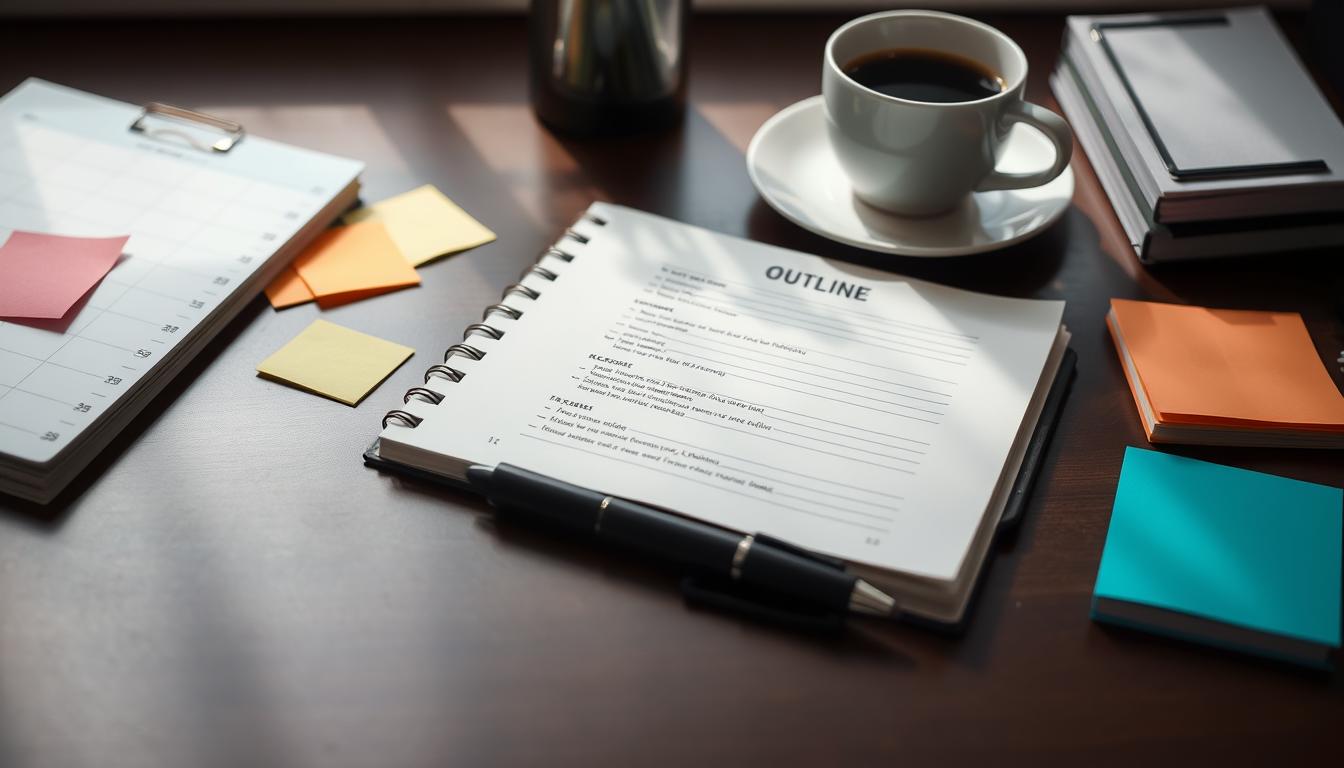
In summary, the outline and linear note-taking methods have their own strengths. Understanding these can help you choose the best way to organize your notes. This enhances your understanding of the subject matter.
Annotating and Highlighting Digital Documents
In today’s world, taking notes has changed a lot. Now, you can use digital tools like PDFs to jot down your thoughts right on the screen. This way, your notes stay connected to the original material, making it easy to go back and review.
Many digital tools offer great ways to annotate and highlight. For example, Effie lets you annotate your notes directly in-app and organize them effectively.
See how Effie transforms your note-taking experience. Try Effie for free today.
There are many benefits to annotating digital documents. It lets you focus more on the content, saves time, and works well with other note-taking methods. But, it’s important not to rely too much on it. Too much passive annotation can make it hard to really understand what you’re reading.
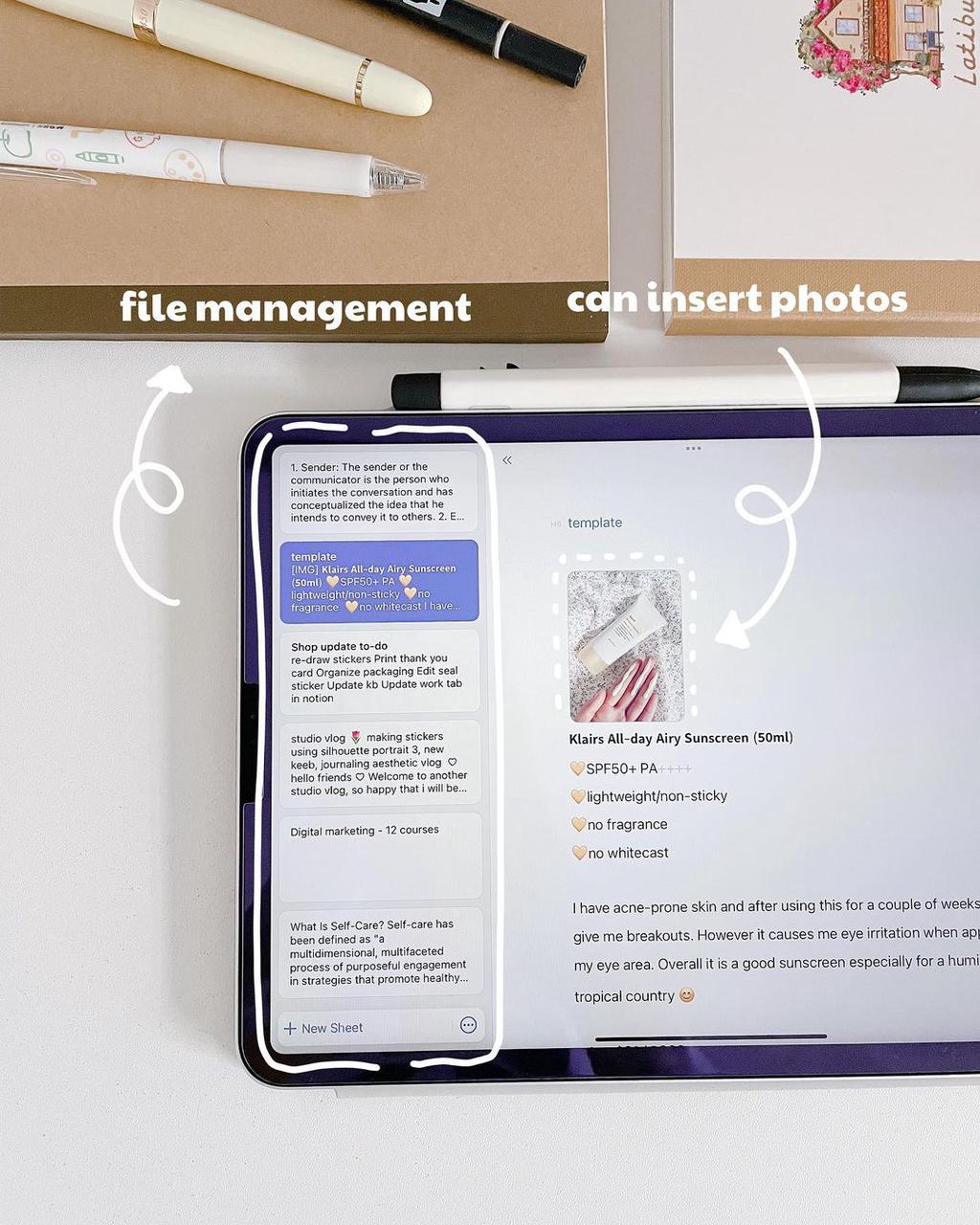
Digital tools make notes easy. Note-taking apps can boost your skills:
- Basic options like your phone’s notes app
- Pro-level tools with fancy features
- Pick what fits your style and needs
There’s an app out there for every note-taker, from beginners to experts.
Doodling and Sketching for Engagement
Adding doodling and sketching to your notes can make learning better. It helps you remember and understand what you’re studying. By mixing images, words, and diagrams, your notes become more personal and memorable.
This way of taking notes is great for those who learn best by seeing things. It keeps you focused when listening to lectures or reading books.
Studies show that sketchnoting helps you grasp content better than just memorizing it. People who draw information remember almost twice as much (49.5%) than those who just write it down. Doodling keeps your mind active and focused, leading to a deeper understanding.
Using doodling and sketching in note-taking has many benefits. It has been shown to improve retention, recall, and learning speed over 20 years.
Drawing Your Thoughts
Sketching notes taps into your brain’s creative side:
- Helps spark new ideas
- Makes problem-solving easier
New to this? Start small:
- Doodle a bit each day
- Build up to bigger concepts
Spice up your notes with:
- Boxes and arrows
- Simple drawings
- Fun lettering
This works for everyone:
- Students in class
- Pros at work
- Curious learners
Give it a shot – you might be surprised how much it helps you grasp and remember stuff!

Conclusion
In this article, we’ve looked at different note-taking strategies and effective note-making techniques. We’ve seen how to create organized and efficient notes. From the Cornell method to mind mapping, you’ve got options to pick what feels natural to you.
Don’t forget about apps and gadgets: they can help sort your notes faster. By learning these note-taking strategies, you’ll take better notes that help you learn more.
Finding the right how to create a note approach is key. With practice and effort, you can create a note-taking system that fits your study habits. This will make learning easier and help you reach your goals.
FAQ
What are the different note-taking strategies and methods?
There are many note-taking strategies, like the Cornell Method and Mind mapping. You can also try the Outline/linear method and the Four quarter method. The Write-on-the-slides method and the Doodle/sketch method are also good. The Table/matrix method is another option. It’s important to find the method that fits your learning style best.
Why is taking effective notes important?
Taking good notes helps you:
- Hang onto key info longer
- Keep your thoughts in order
Mix up your note-taking style:
- Test out different methods
- Find what clicks for you
This makes your notes:
- More helpful when you review
- Easier to use for studying or work
Result? You learn faster and remember more.
What is the Cornell Note-Taking System?
Cornell method is a popular approach splits your page into:
- Big section for main notes
- Smaller side area for key questions
- Bottom part to sum things up
It helps you organize info as you write and review later.
How do I create effective notes?
First, get your materials ready, like paper and pens. Then, know why you’re taking notes. Listen or read well, and use symbols and pictures to make your notes short and clear.
What is mind mapping and how can it help with note-taking?
Mind mapping is a way to see how ideas connect. It’s great for visual learners. It helps you understand and remember information better by creating a visual map of the content.
How can I use the outline and linear note-taking methods?
These methods organize information into topics and subtopics. Use indentation and numbers to make a clear structure. This helps you focus and review your notes easily. They’re good for lectures and studying complex topics.
How can I incorporate digital tools into my note-taking process?
Using digital note-taking tools keeps your notes connected to the source material. It makes reviewing information easy.
How can doodling and sketching improve my note-taking?
Adding doodles and sketches to your notes can make them more memorable. It turns information into a mix of images and words. This is especially recommended as the note-taking methods for students, and helpful for visual learners.
Source Links
- Learn Visual Notes 101: A Guide To Graphic Recording — Ink Factory – https://inkfactorystudio.com/blog/learn-visual-notes-beginners/
- Effective Note-Taking in Class – Learning Center – https://learningcenter.unc.edu/tips-and-tools/effective-note-taking-in-class/
- Note-taking | Center for the Advancement of Teaching Excellence – https://teaching.uic.edu/cate-teaching-guides/inclusive-equity-minded-teaching-practices/note-taking/
- Techniques and Tips for Listening and Note Taking – https://www.student.unsw.edu.au/notetaking-tips
- 5.6 Note-Taking – https://opentextbc.ca/studentsuccess/chapter/note-taking/
- Cornell Notes – https://en.wikipedia.org/wiki/Cornell_Notes

